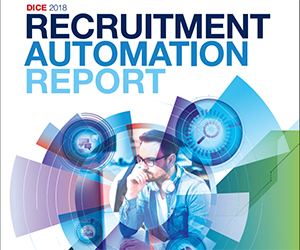Why an early-career gig at McDonald’s continues to inspire Deputy’s director of talent of acquisition
HR Brew
DECEMBER 3, 2024
But Shannon Hilmar, director of talent acquisition at Deputy, an HR software provider primarily for companies with shift workers, said she had a “really early interest” in the profession that emerged during one of her first-ever jobs, working as a shift worker at McDonald’s. Recruiting is just posting jobs and reviewing resumes.”























































Let's personalize your content